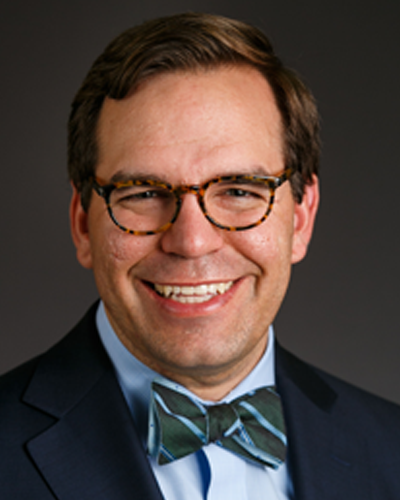One of the interesting mysteries that I get to unravel in many practices is the mystery of tight cash flow. Sometimes it’s obvious – a small practice with low profitability, for instance. But other times it’s not.
First off, what is tight cash flow? Here’s my simple definition: when there’s not enough cash generated by the practice to pay the practice bills, service loan debts, and pay the owner an acceptable income. Here are three primary causes of tight cash flow:
1) Low revenue / low net income
In a startup practice, cash flow is tight because there aren’t meaningful revenues yet. But even as a practice grows, if profitability is low it’s going to be hard to pay the bills.
Single OD practices with revenues less than $1 million tend to experience tight cash flow if the practice’s net income is less than 25% of revenue. If the net is under 20%, cash flow is going to be structurally tight.
For startup practices, it’s key to keep your fixed overhead – especially your rent – as low as possible. The bills you have to pay regardless of your patient volume will largely dictate how long it takes to get to a healthy cash flow.
2) Debt
I once worked with a $1.2 million practice that had 30% net income, but still complained of tight cash flow. $360,000 per year in available pre-tax income will usually give an owner some breathing room on paying the bills, even if there’s an associate in the practice.
When we think about cash flow, the Profit & Loss statement doesn’t tell us the whole story. This practice had taken out several large loans for new equipment. In accounting, only the interest on a loan is shown in the P&L; the principal payments are reflected in the balance sheet.
So even though this practice could easily pay its ordinary operating expenses (lab bills, utilities, payroll, etc. – again, what’s shown on the Profit & Loss Statement), cash got tight for the owner after he paid the principal and interest for his loan payments.
3) Overpaying Owners
Let’s take the previous practice and say that it does not have a meaningful debt load. What then could be causing tight cash flow? In this case, the issue is that the owner is taking out more profit than the practice makes available some months. For a simple example, let’s take our $1.2 million in revenues and $360,000 in profit, and assume the owner takes out exactly the expected profit in equal amounts each month ($360,000 ÷ 12 = $30,000). But the revenues aren’t even every month. Let’s look at a 6-month period to see what can happen:
|
Jan |
Feb |
Mar |
Apr |
May |
Jun |
|
|
Revenues |
$115,000 |
$90,000 |
$110,000 |
$105,000 |
$85,000 |
$100,000 |
|
COGS |
$32,200 |
$25,200 |
$30,800 |
$29,400 |
$23,800 |
$28,000 |
|
Staff Investment |
$22,000 |
$22,000 |
$22,000 |
$22,000 |
$22,000 |
$22,000 |
|
Fixed Overhead |
$20,000 |
$20,000 |
$20,000 |
$20,000 |
$20,000 |
$20,000 |
|
Net |
$40,800 |
$22,800 |
$37,200 |
$33,600 |
$19,200 |
$30,000 |
|
Owner’s Draw |
$30,000 |
$30,000 |
$30,000 |
$30,000 |
$30,000 |
$30,000 |
|
Difference |
$10,800 |
-$7,200 |
$7,200 |
$3,600 |
-$10,800 |
$0 |
Because some months are busier than others – and the profitability varies accordingly – in slower months, there may not be enough profit to pay the owner a fixed, maximum draw and pay the practice bills.
This issue can be especially pronounced in partnerships, where the pay formula can contractually pay out more than the practice net income.

After graduating, he spent a year working abroad. During that time, he worked for two firms in San Jose, Costa Rica. He interned with Grupo Juridico de San Jose, working in environmental policy to protect a threatened parcel of land, then he worked as a project manager for a US-owned precision machining shop. Nathan then spent 6 months working with street children and orphans in Mexico.
Before getting into the healthcare industry, he was an Assistant Store Manager and completed the Corporate Training Program with Haverty’s Furniture Company in Atlanta, GA. Nathan and his wife Heather have a son, Daniel, and a daughter, Hannah. In his spare time, Nathan enjoys reading and outdoors activities - especially cycling and hiking.












